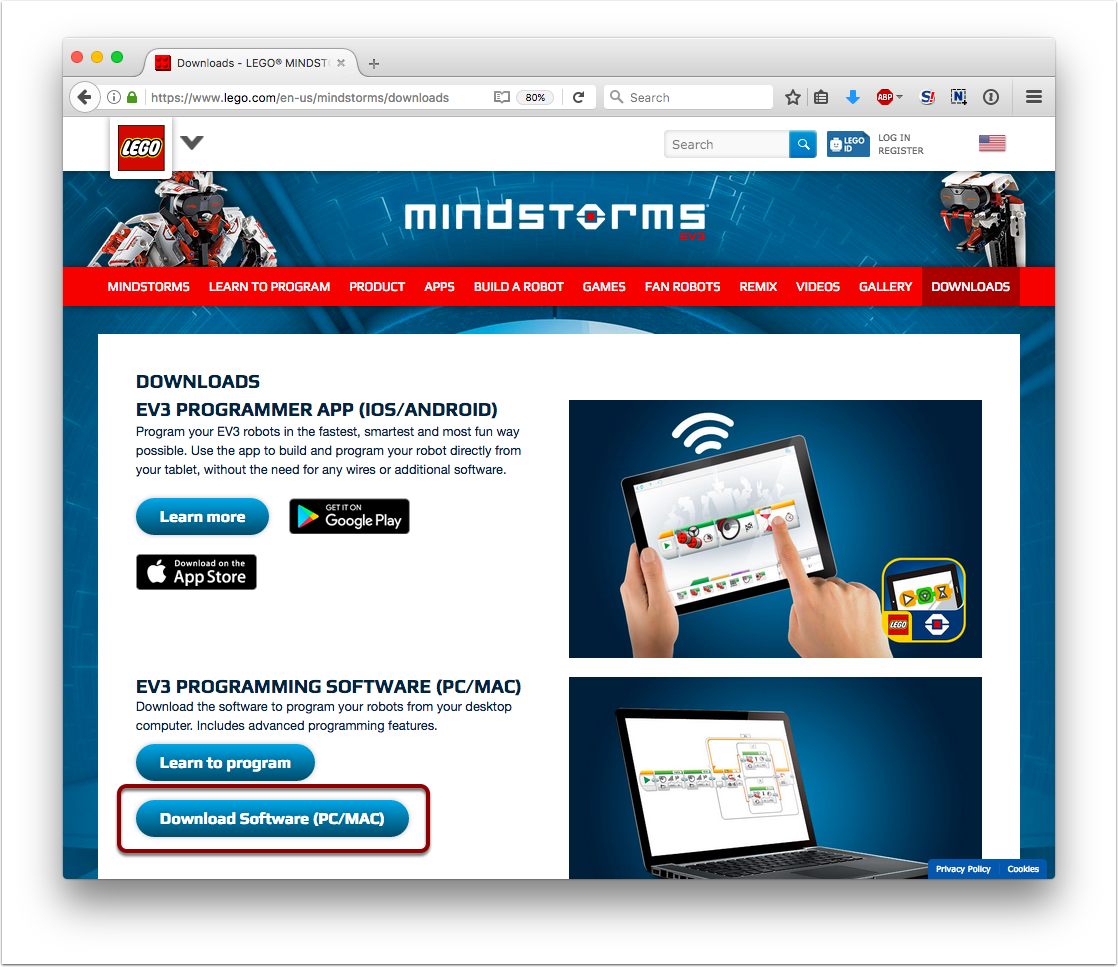

- #Os x programming tutorial how to#
- #Os x programming tutorial mac osx#
For more information, please visit Microchip Forum: Link. Drag and drop the 2 files, enter your admin password and you're done. To do that, open a Finder window and press CMD+SHIFT+G then type in ' /bin'. You need to downlaod the PicKit2-Programmer-GUI-1.2-OSX.zip and copy pk2cmd and PK2DeviceFile.dat files into ' /bin' folder, even if you have manually installed pk2cmd before. #Os x programming tutorial mac osx#
Mac OSX 10.5 is required to run it along with the latest version of Java. The device's program memory and configuration memory are programmed. PK2CMD /PPIC16F887 /FC:PROJECTPROGRAM.HEX /MP C If no region is entered, the entire device will be verifiedĮach option must be immediately preceeded by a switch, which can be either a dash or a slash and options must be separated by a single space. This may only be used in conjunction with a programming operation. Program OSCCAL memory, where: is a hexidecimal number representing the OSCCAL value to be programmed. If a region is entered, no erase is performed and only the given region is programmed. If no region is entered, the entire device will be erased & programmed. P = Program memory, E = EEPROM, I = ID memory is a value of 1-16, with 1 being the fastest P and E must be followed by an address range in the form of x-y where x is the start address and y is the end address both in hex, path is not used Type F: = read into hex file, path = full file path, range is not used Types P,E,I,C: = ouput read of Program, EEPROM, ID and/or Configuration Memory to the screen. The following commands are available in the command line interface: Options Other command line interfaces should have a similar mechanism for settingyour PATH variable. 
(Use "pico ~/.bashrc" to create in the home directory regardless ofthe current working directory. bashrc does not exist: Create in the home directory using "pico. bashrc (/bin/bash) to include: PATH=$PATH:/usr/share/pk2 export PATH Your user PATH environment variable should include /usr/share/pk2.
 Using sudo, copy the file pk2cmd to ' /usr/local/bin' and the filePK2DeviceFile.dat to ' /usr/share/pk2'. Select ' Terminal > Preferences', click " Execute this command"and type " /bin/bash" in the textbox. !!IMPORTANT!! Make sure the Terminal shell is set to 'bash", or help options with '?'will not work. After extracting the files into your chosen directory, open the MacOS Terminal in ' Applications > Utilities' to run ' PK2CMD'. To program a PIC under Mac OS X, please download the following file:. MacOS 10.4 and 10.5, on Intel or PowerPC based machines. The following information is quoted from ' Readme For PK2CMD MacOSX.txt'
Using sudo, copy the file pk2cmd to ' /usr/local/bin' and the filePK2DeviceFile.dat to ' /usr/share/pk2'. Select ' Terminal > Preferences', click " Execute this command"and type " /bin/bash" in the textbox. !!IMPORTANT!! Make sure the Terminal shell is set to 'bash", or help options with '?'will not work. After extracting the files into your chosen directory, open the MacOS Terminal in ' Applications > Utilities' to run ' PK2CMD'. To program a PIC under Mac OS X, please download the following file:. MacOS 10.4 and 10.5, on Intel or PowerPC based machines. The following information is quoted from ' Readme For PK2CMD MacOSX.txt' #Os x programming tutorial how to#
This tutorial shows how to use iCP01 and iCP02 under Mac OS X with Terminal or GUI form. Support is NOT provided for this Mac OS X programming.







 0 kommentar(er)
0 kommentar(er)
